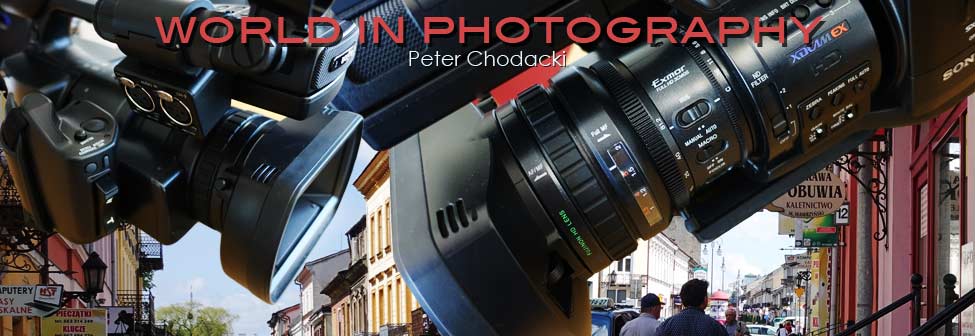Wspomnienie ma w sobie wiele poetyckiej swobody. Opuszcza pewne rzeczy, inne wyolbrzymia (…), pamięć ludzka gnieździ się bowiem głównie w sercu.
Tennessee Williams, „Szklana menażeria”
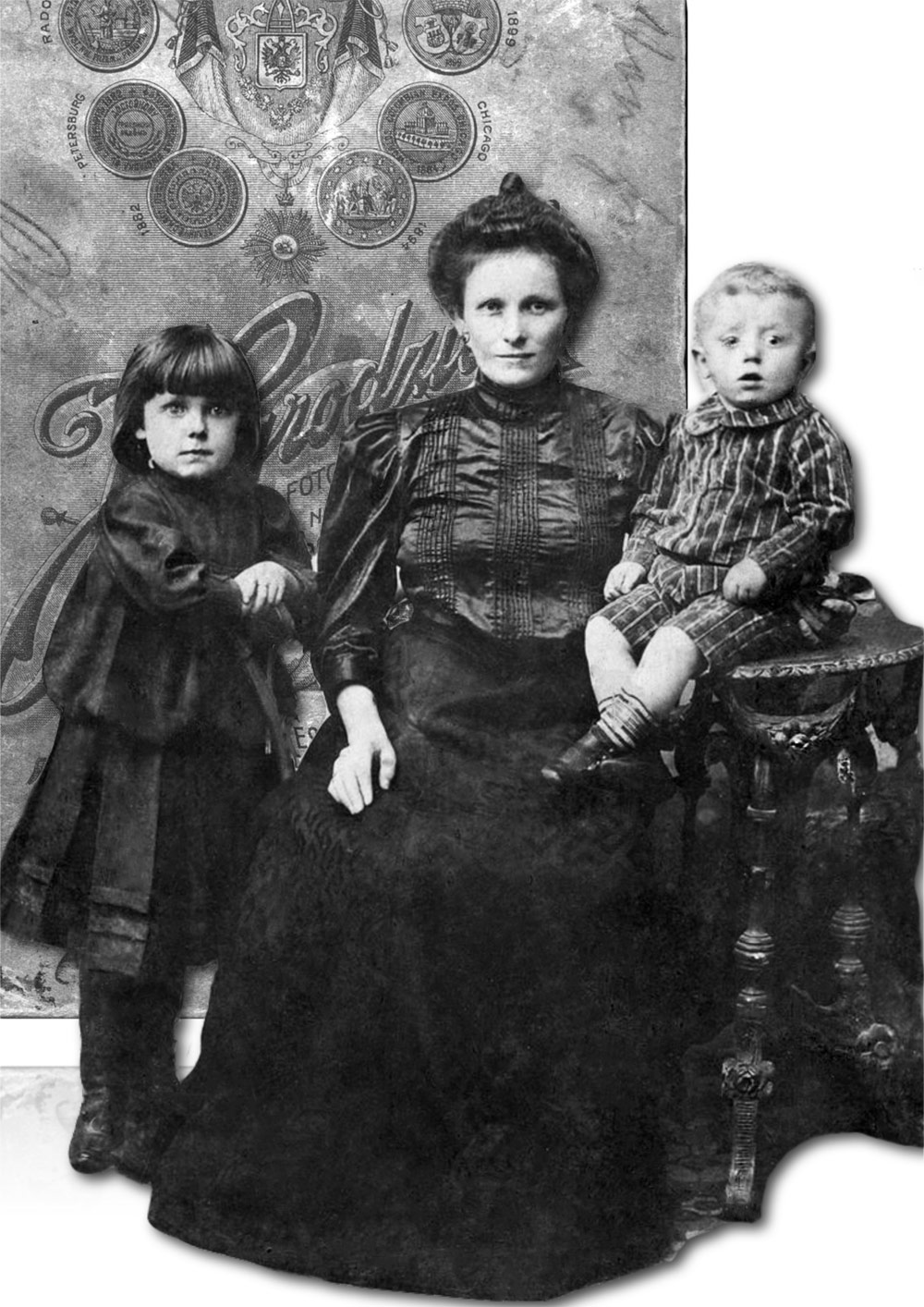
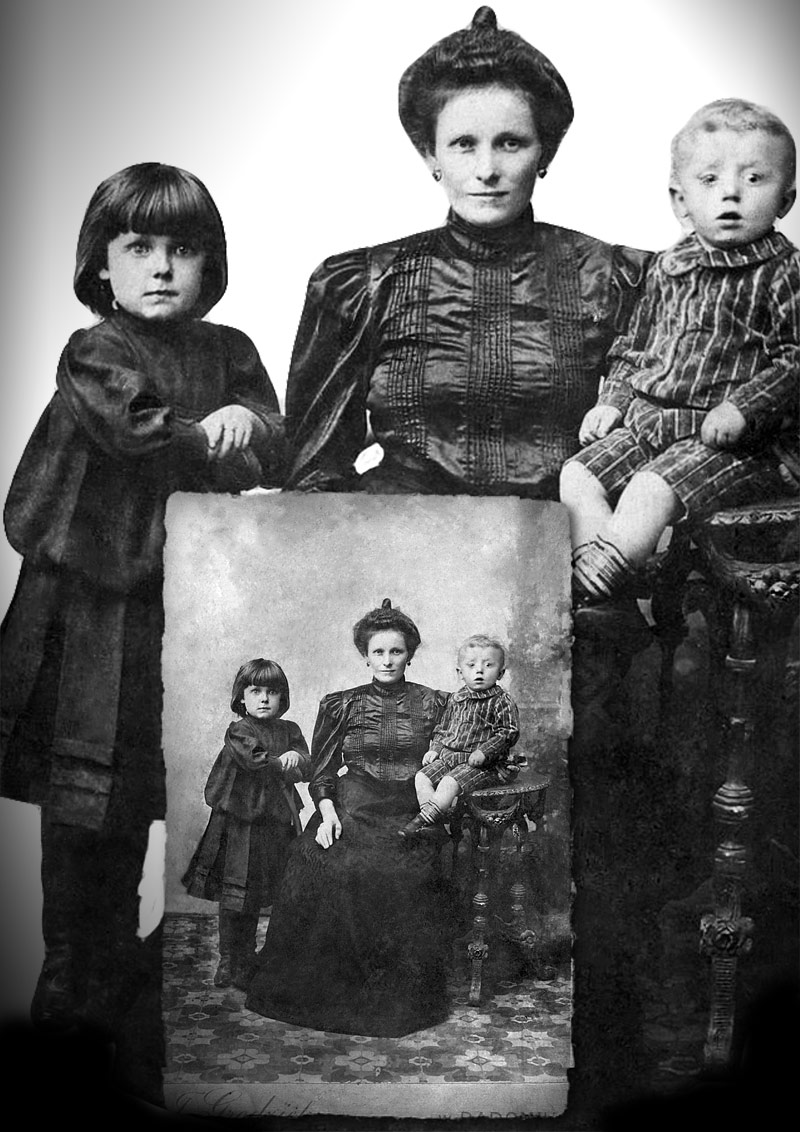
1908 Antonina Chrzanowska z dziecmi Irena i Stefanem 1908-1907 Radom, Polska (POLAND)
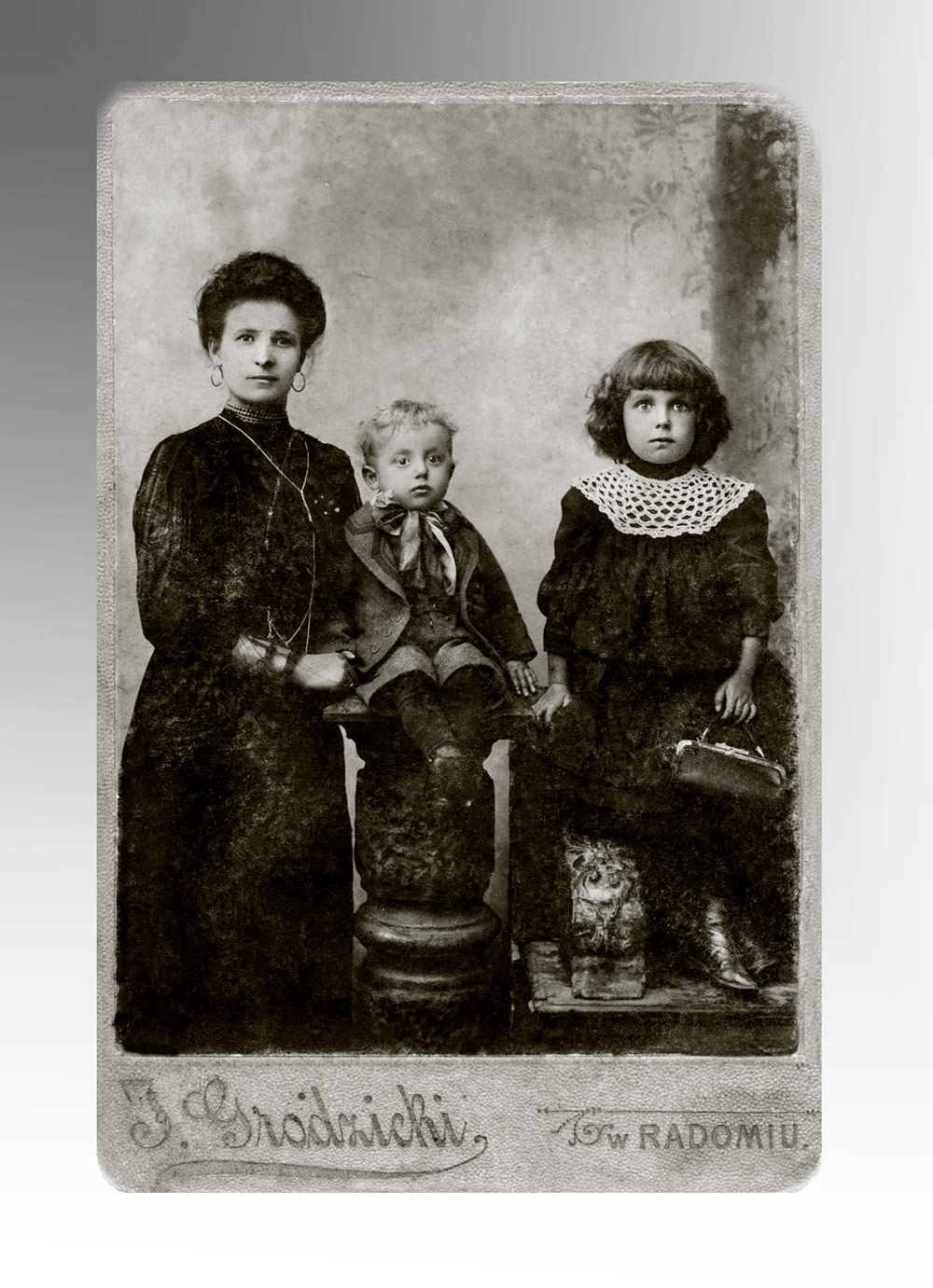
Józef Grodzicki (photographer)
Od 1880 roku Józef Grodzicki na stałe osiadł w Radomiu, gdzie otworzył własny zakład fotograficzny. Pierwsze atelier mieściło się w budynku „Hotelu Rzymskiego” przy ul. Lubelskiej - obecnie Stefana Żeromskiego 15. W roku 1885 Józef Grodzicki otrzymał najwyższą nagrodę na wystawie Rolniczo-Przemysłowej w Warszawie. W 1885 Józef Grodzicki za zestaw prac wysłanych na wystawę w Chicago otrzymał złoty medal. W tym samym roku zakładał zakład fotograficzny w Radomiu przy ul. Lubelskiej 47 - obecnie Stefana Żeromskiego.
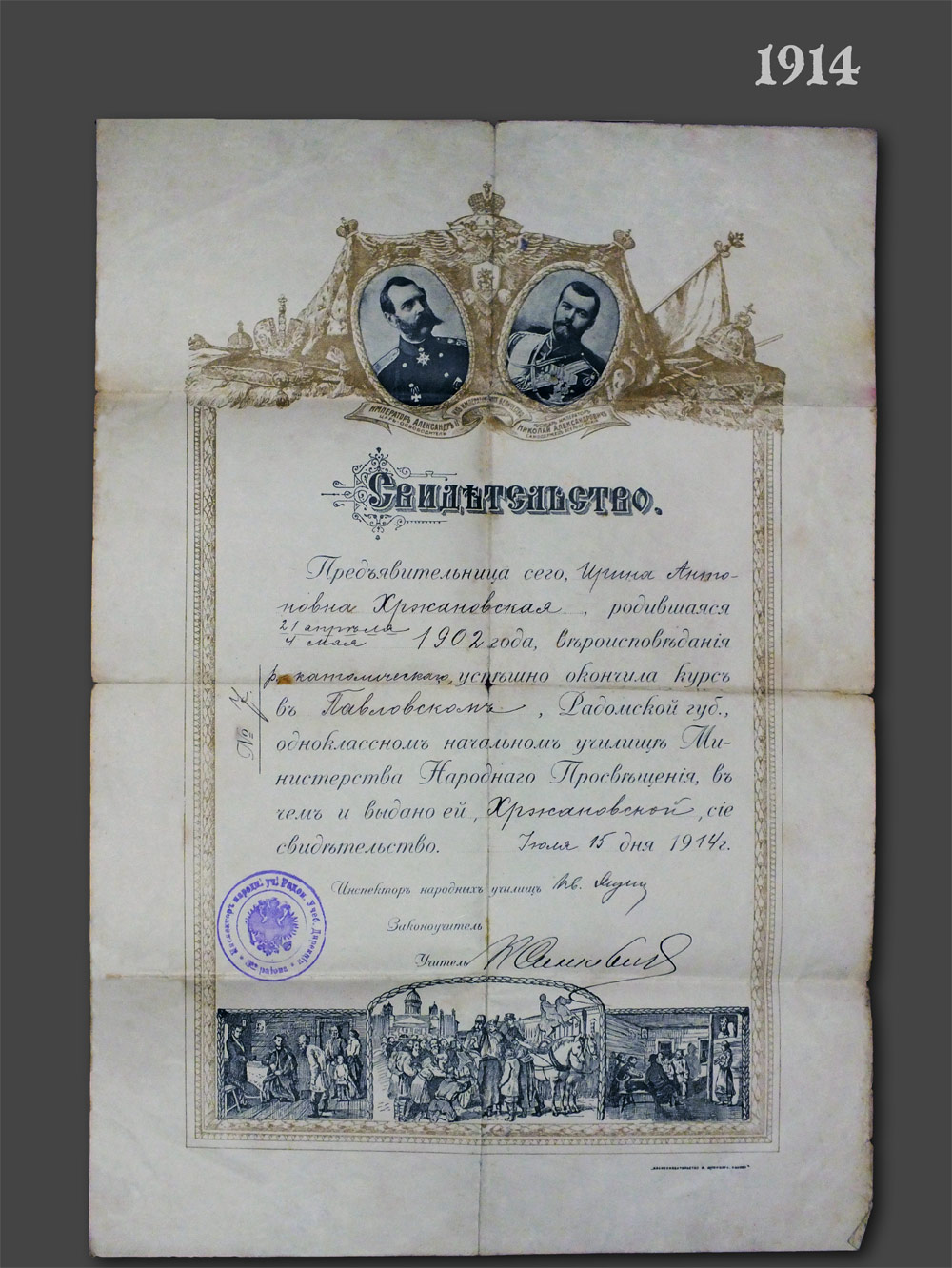
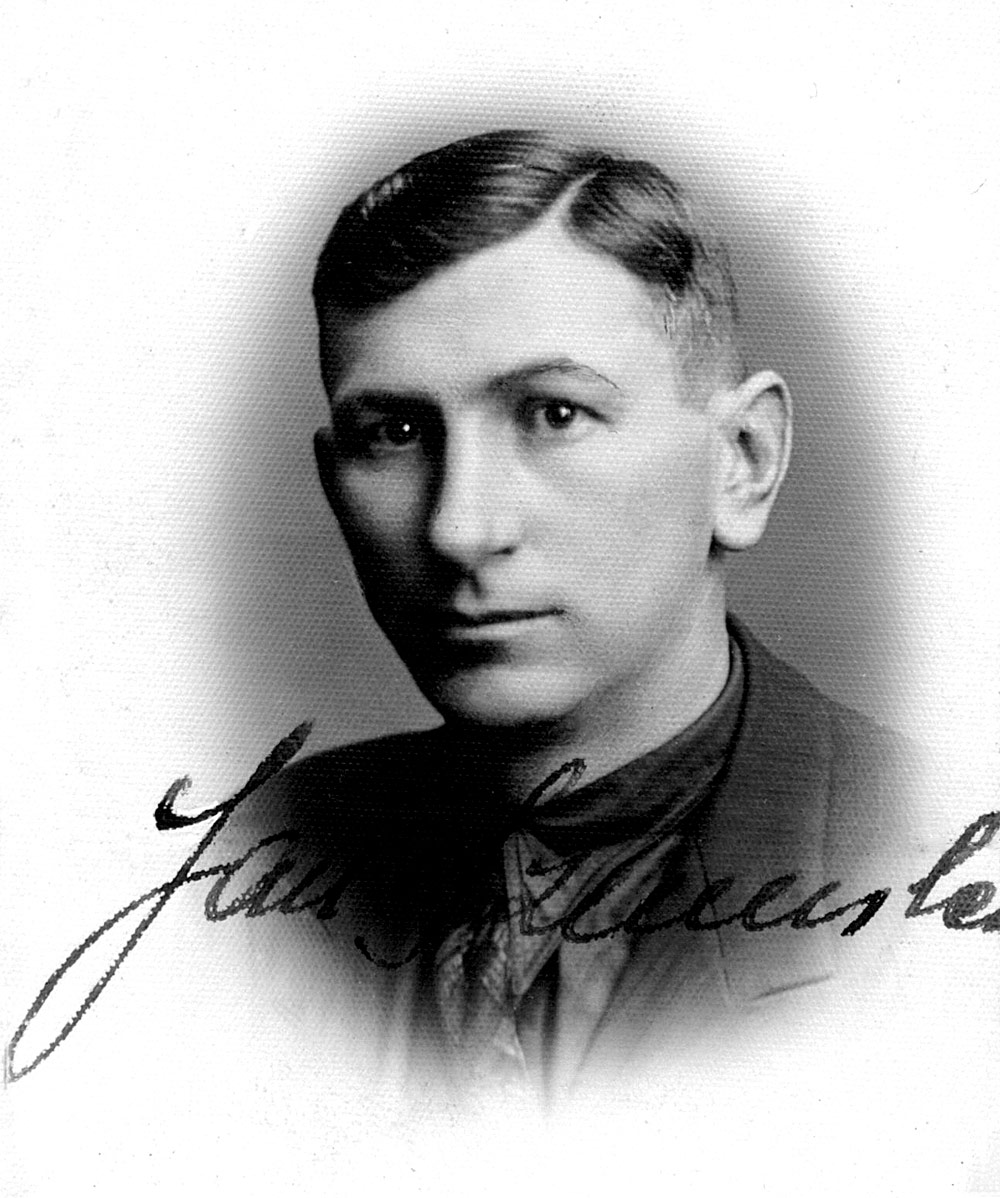
Jan Szumilewicz, rok 1915?
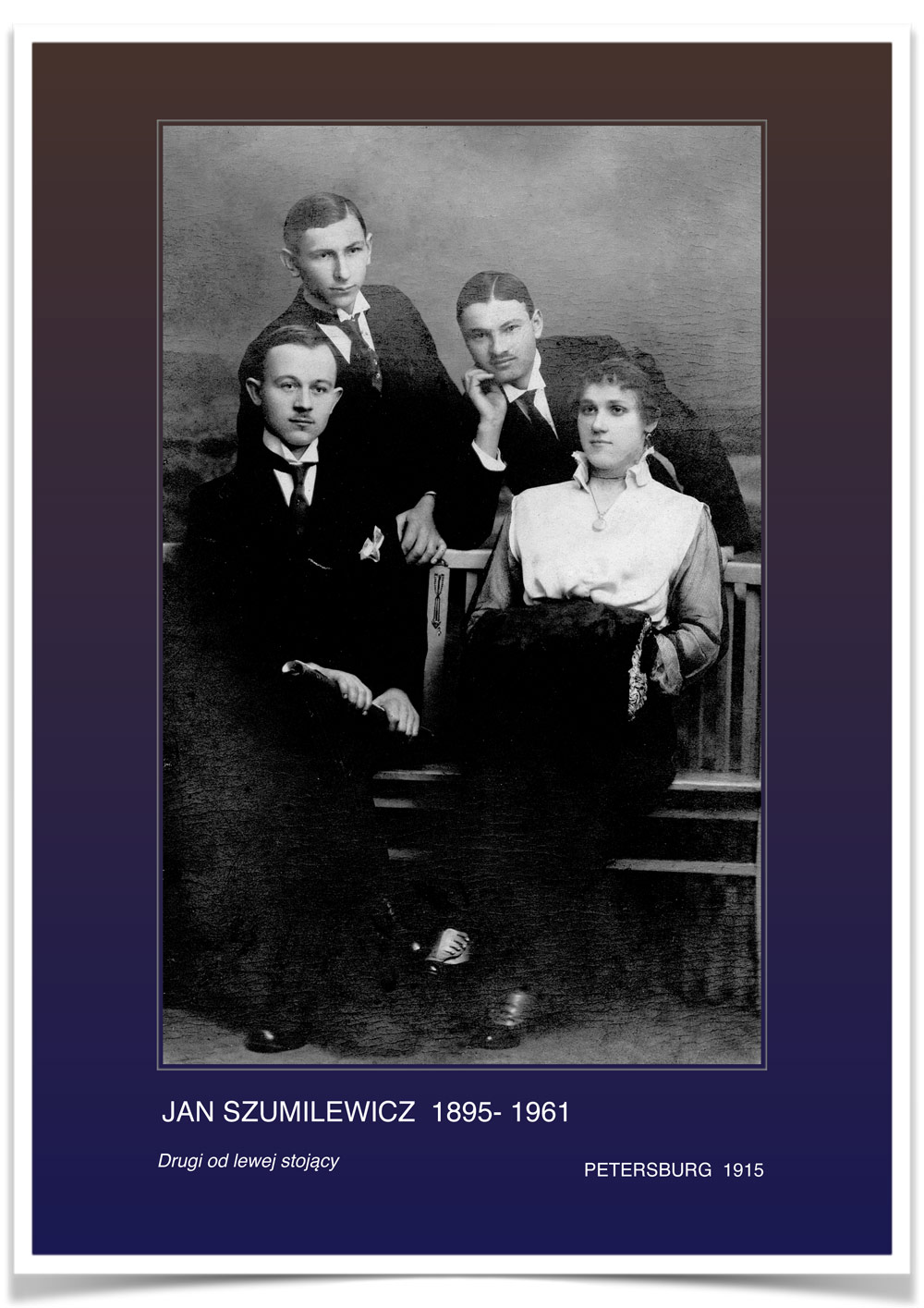
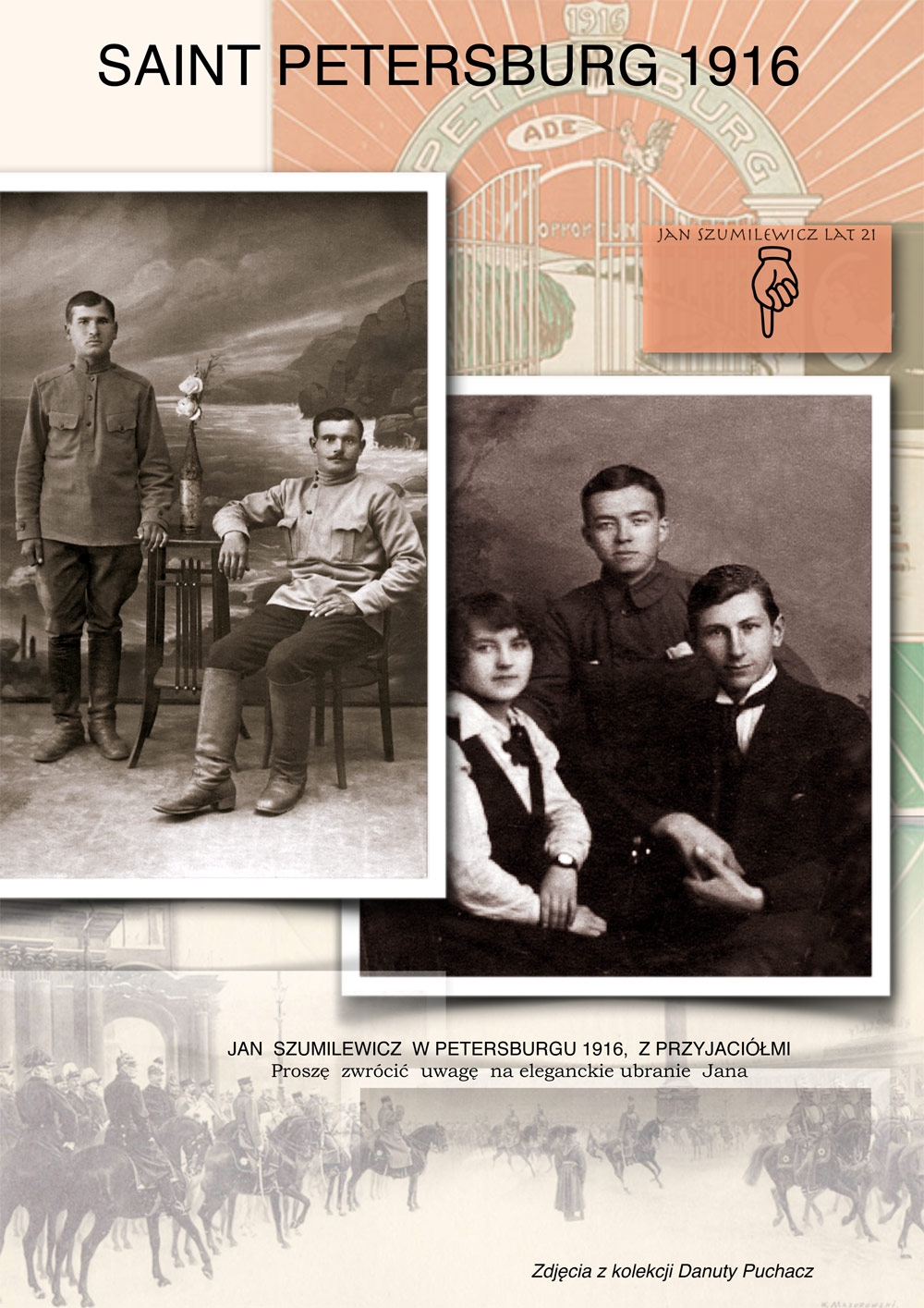
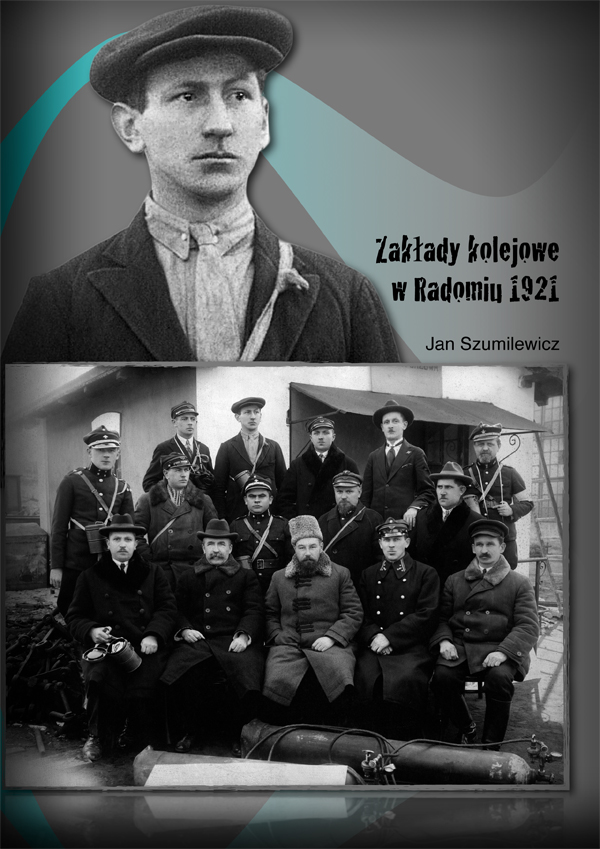
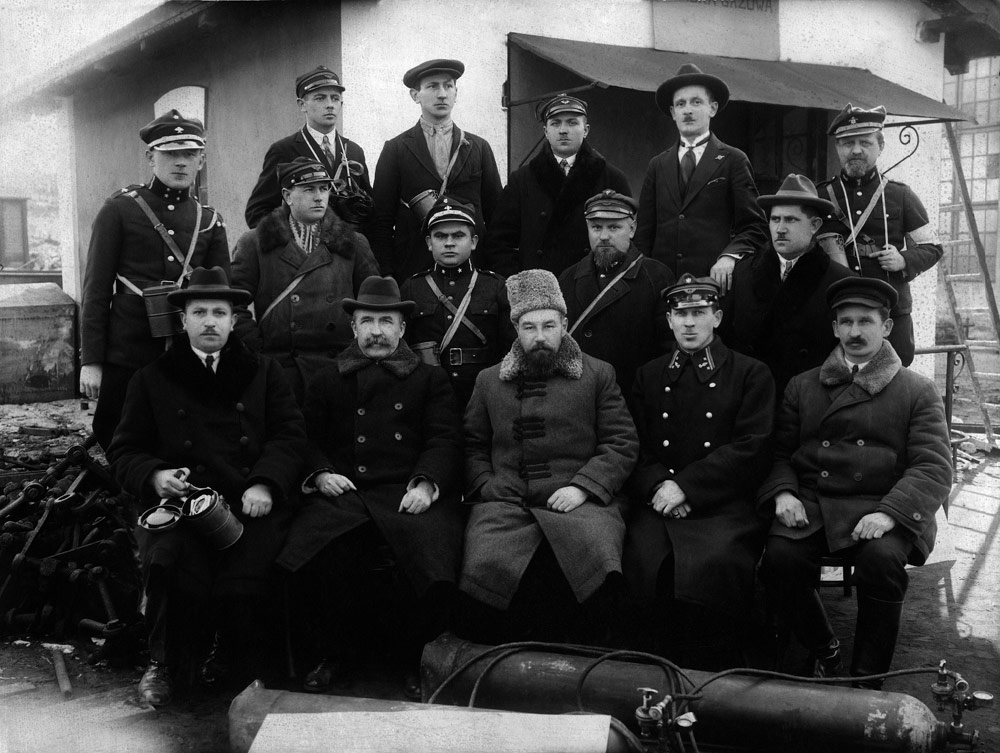
Jan Szumilewicz, ( drugi z lewa u samej gory ) Poland 1921
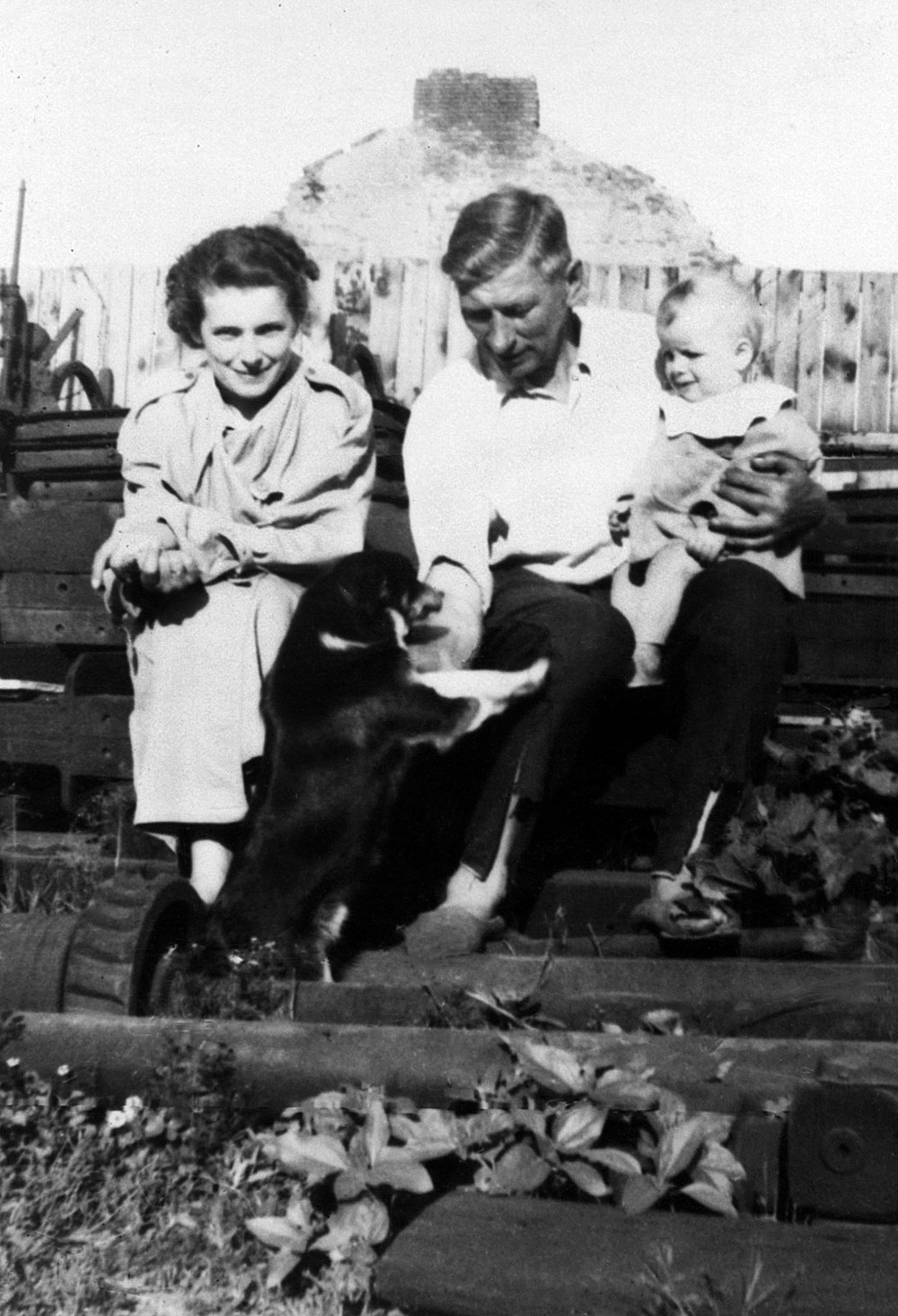
1926, POLAND, DANUSIA SZUMILEWICZ Z RODZICAMI
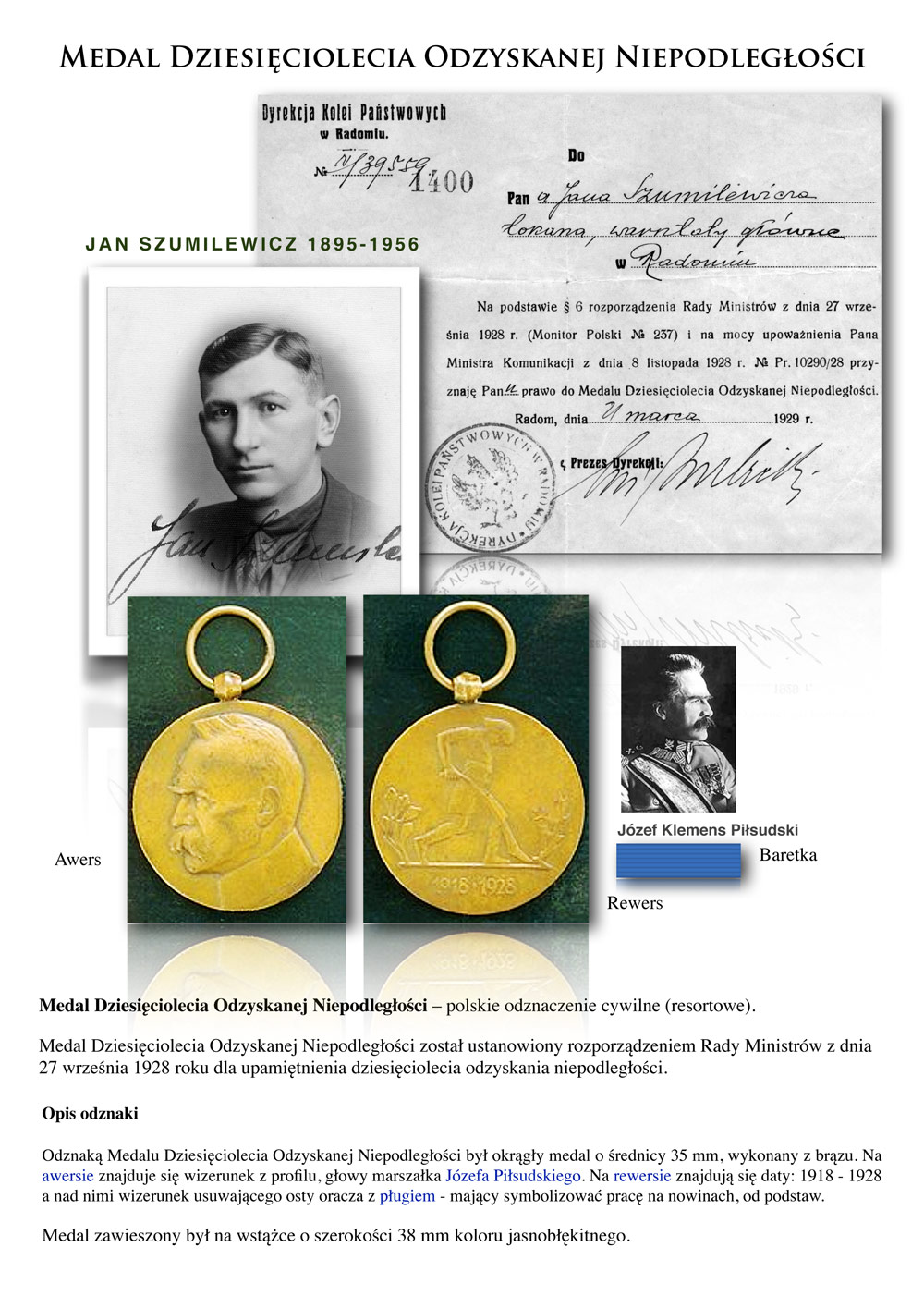

Legitymacja ze Szkoly Kosmetycznej i Masazystek, Ireny Szumilewicz.
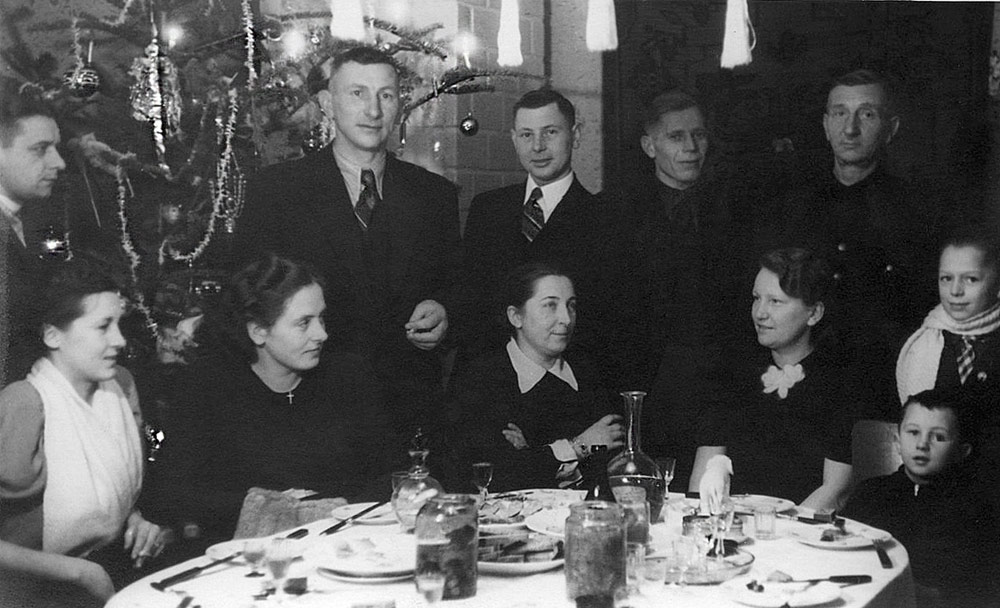
Boleslaw Szumilewicz, (pierwszy od prawej), Józef Szumilewicz, (trzeci od prawej) i Jan Szumilewicz (czwarty od prawej) z żonami . Radom, Poland
1937.
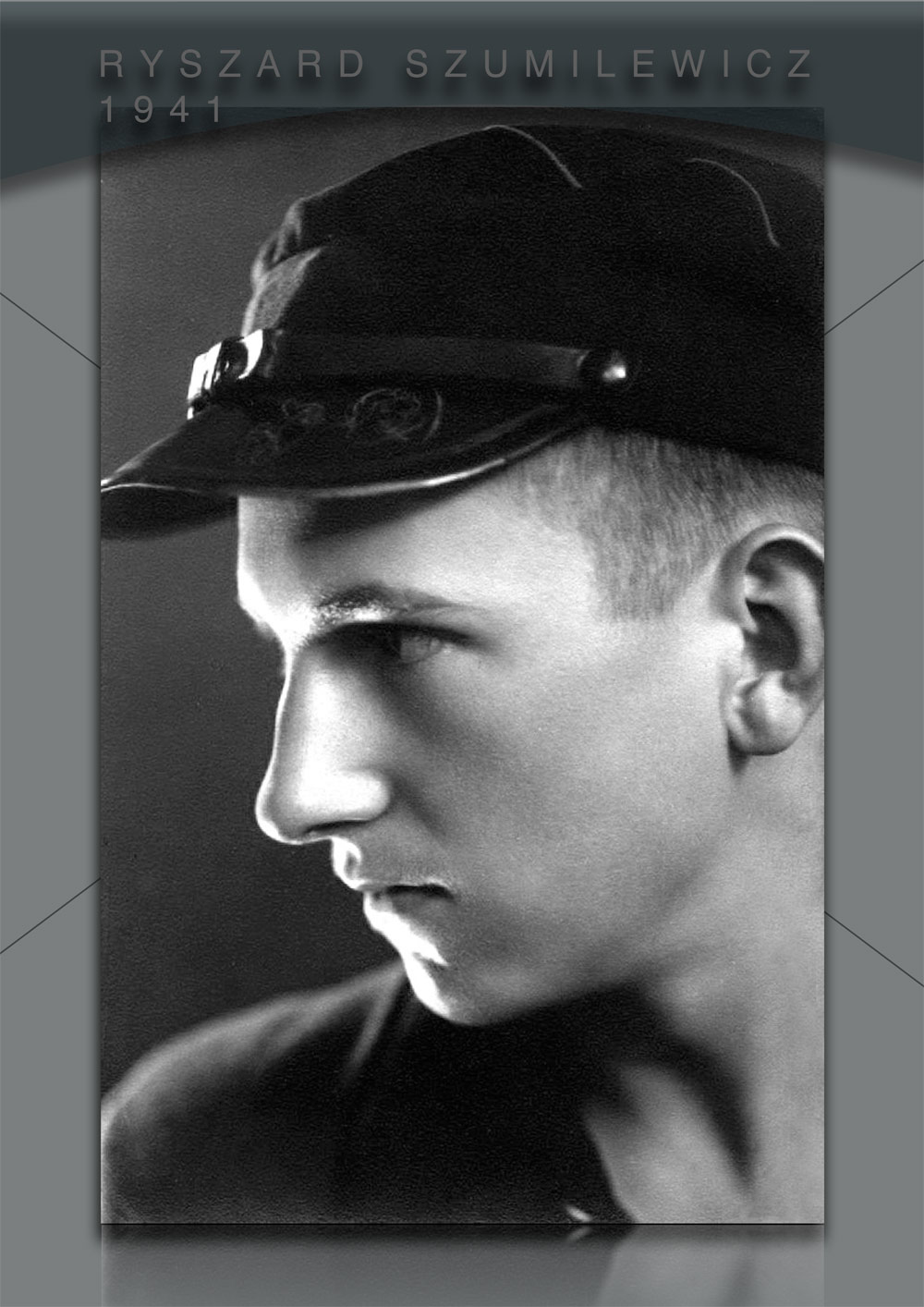
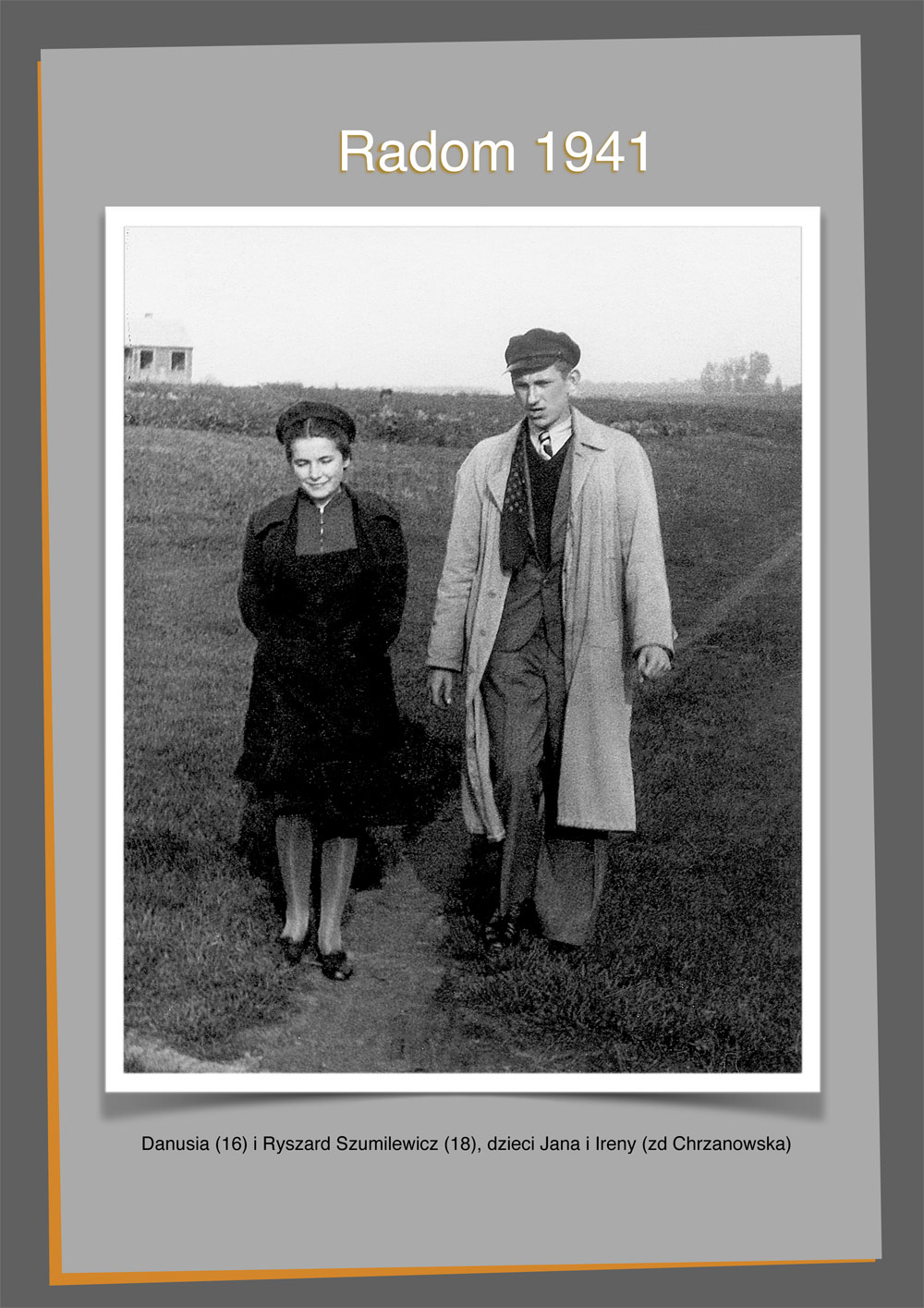
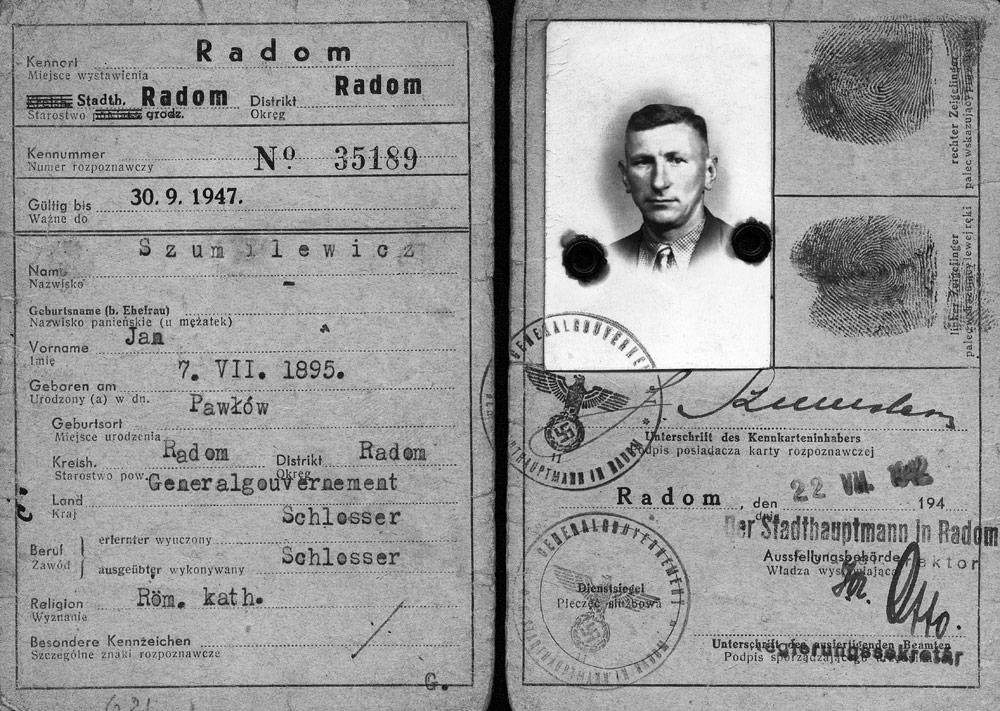
The Kennkarte was the basic identity document in use in some territories occupied by Germany during the Third Reich era. They were first introduced in July 1938. They were normally obtained through a police precinct and bore the stamps of the corresponding issuing office and official. Every male German citizen aged 18 and older, and every Jewish citizen (both male and female) was issued one and was expected to produce it when confronted by officials.
After World War II began, Nazi Germany began issuing these Kennkarten (Polish: Kennkarta) to citizens of conquered countries, such as in occupied Poland (General Government). They were issued to residents aged 15 and above, from 1941 to 1943, but they were often forged by the Polish resistance.
A Kennkarte issued by German authorities to a Polish citizen of General Government
In the first weeks of the German occupation of Poland, pre-war documents issued by the Second Polish Republic were used for identification. On 26 October 1939, following a decree of Hans Frank, Kennkarten were announced. Due to legal arguments, the first cards were not issued until June 1941. German authorities continued to issue them until 1943. A Kennkarte was a sheet of thin cardboard, measuring about 30 by 14 cm (12 x 5.5 inches). It had two parallel folds, and text on both sides, making it a six-page document, with each page measuring 10 by 14 cm (5.5 x 4 inches). The color of a Kennkarte was based on ethnicity. Poles had gray ones; Jews and Romas, yellow; Russians, Ukrainians, Belarusians, Georgians and Goralenvolk, blue. Furthermore, letters were introduced to mark each ethnicity, based on the initial letter of the German word for the ethnicity (Juden, Weissrussen, Zigeuner etc) – J for Jews, U for Ukrainians, R for Russians, W for Belarusians, K for Georgians, G for Goralenvolk, Z for Roma (Gypsies).
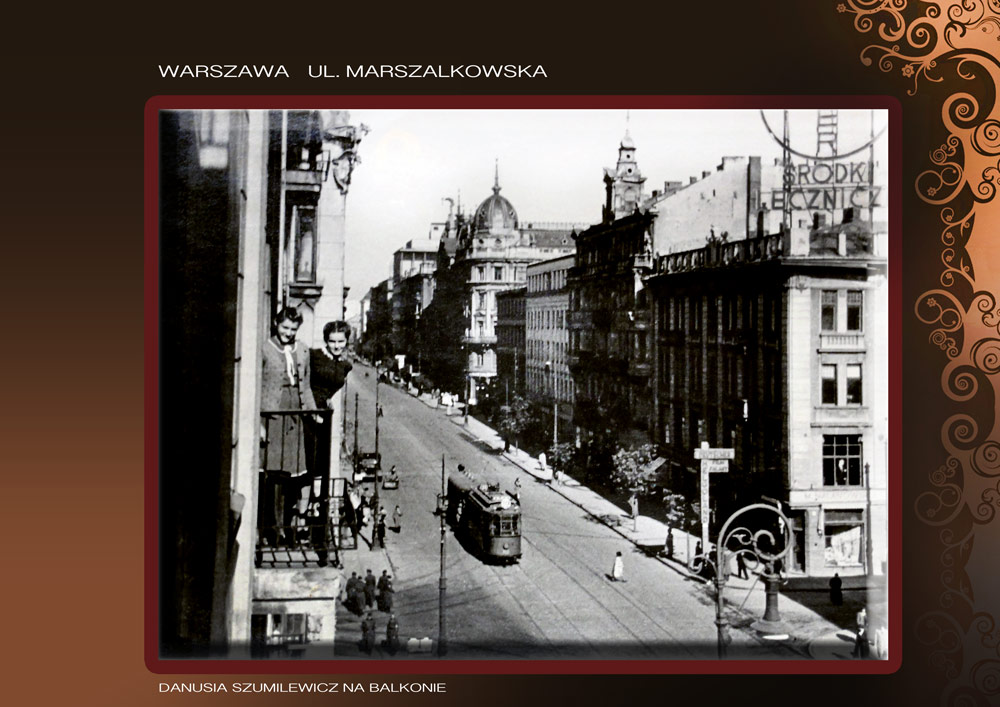
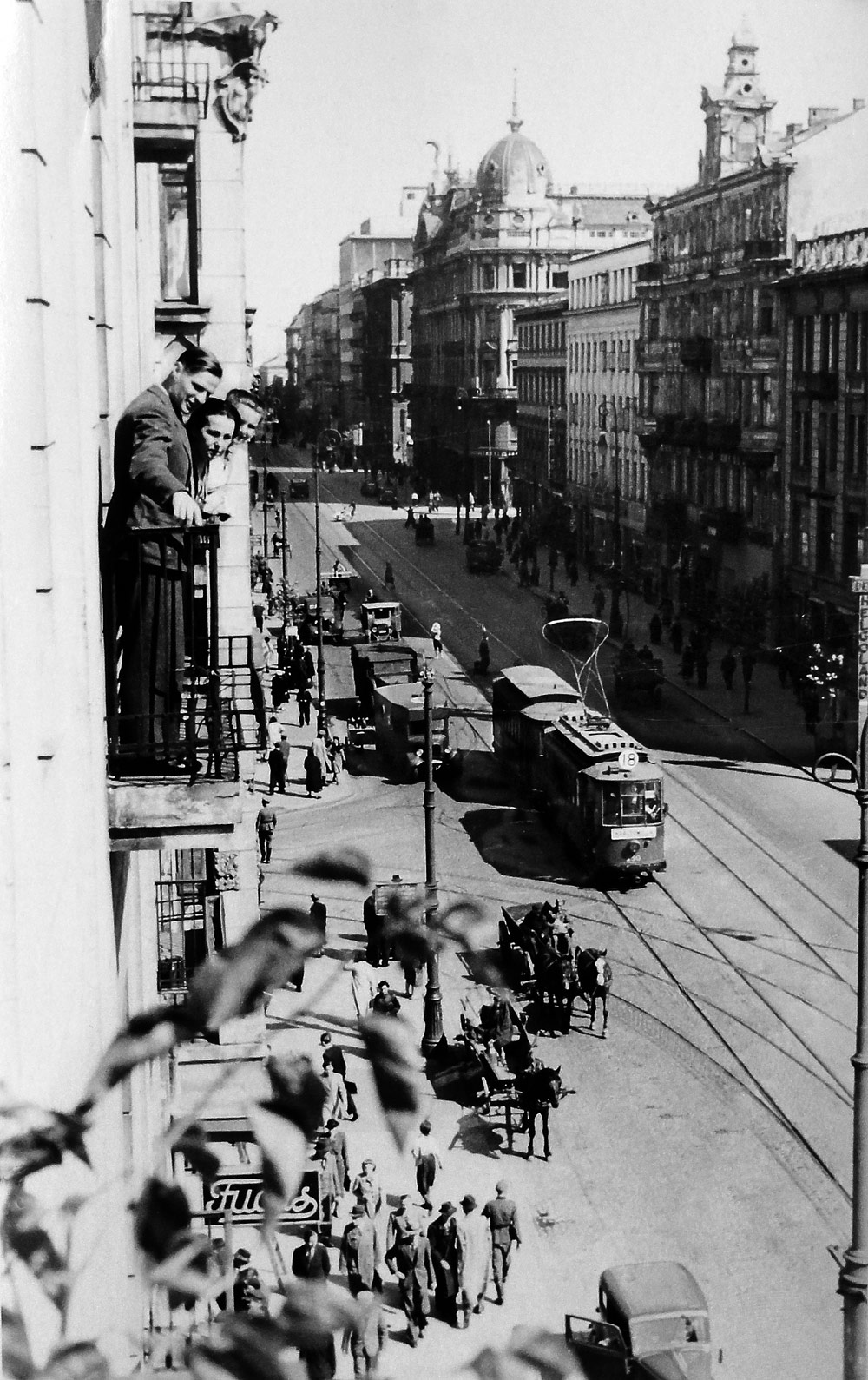
Warszawa ul. Marszalkowska POLAND 1944.

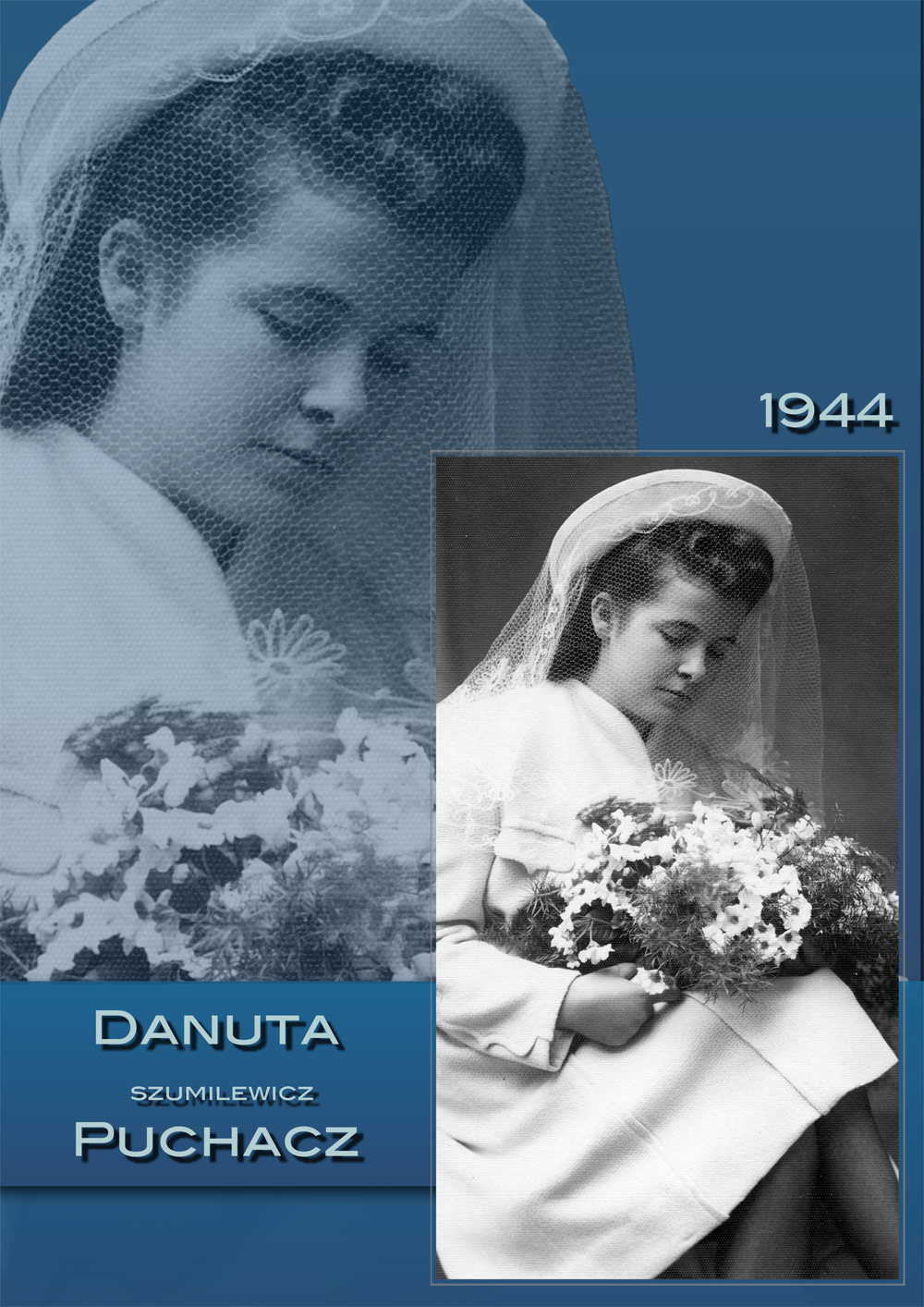
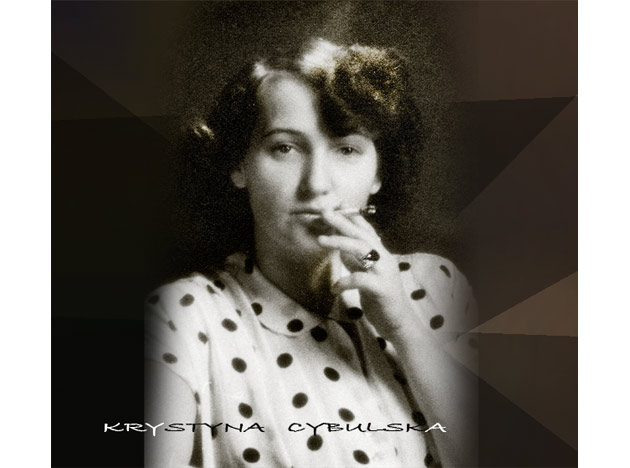
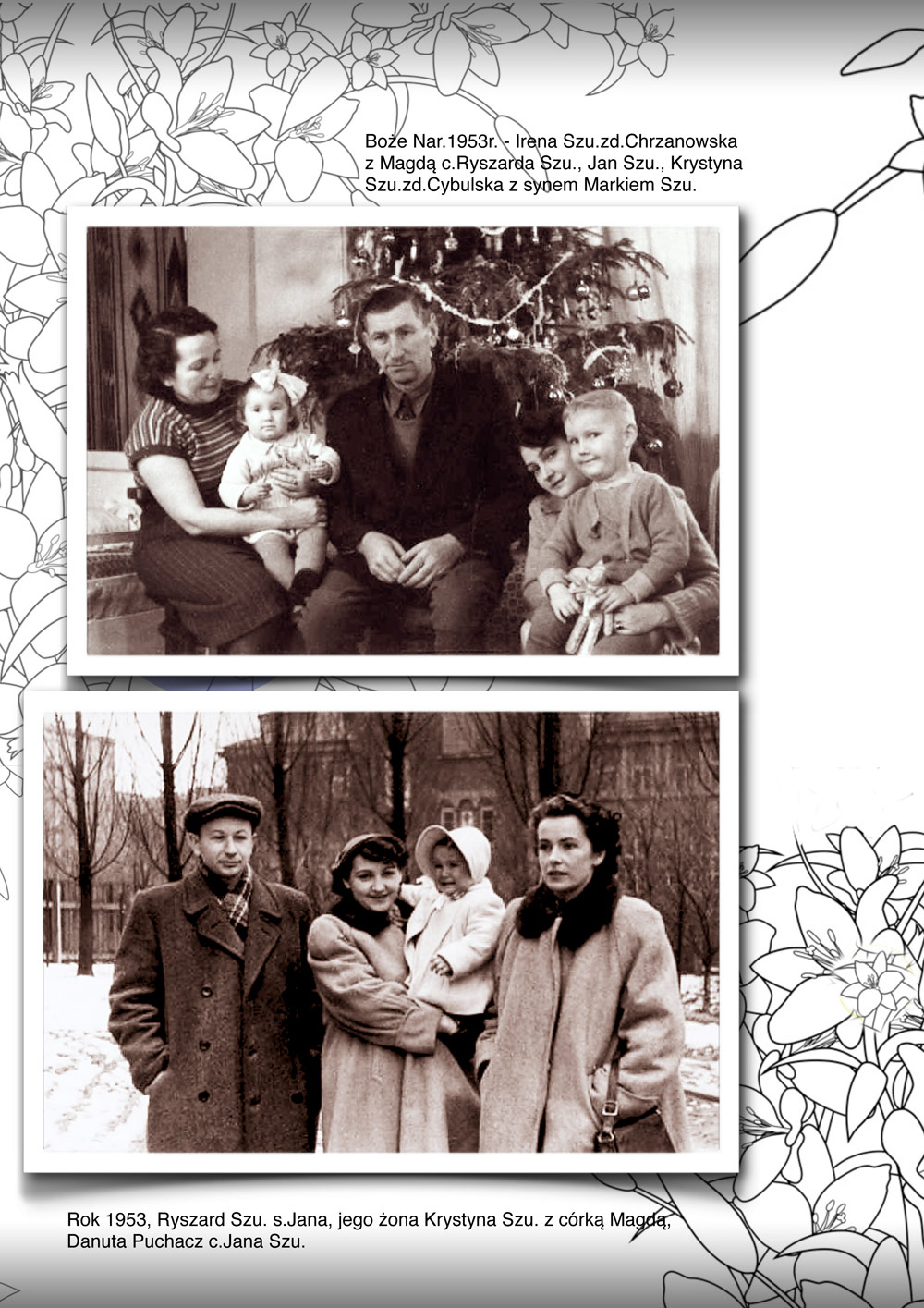
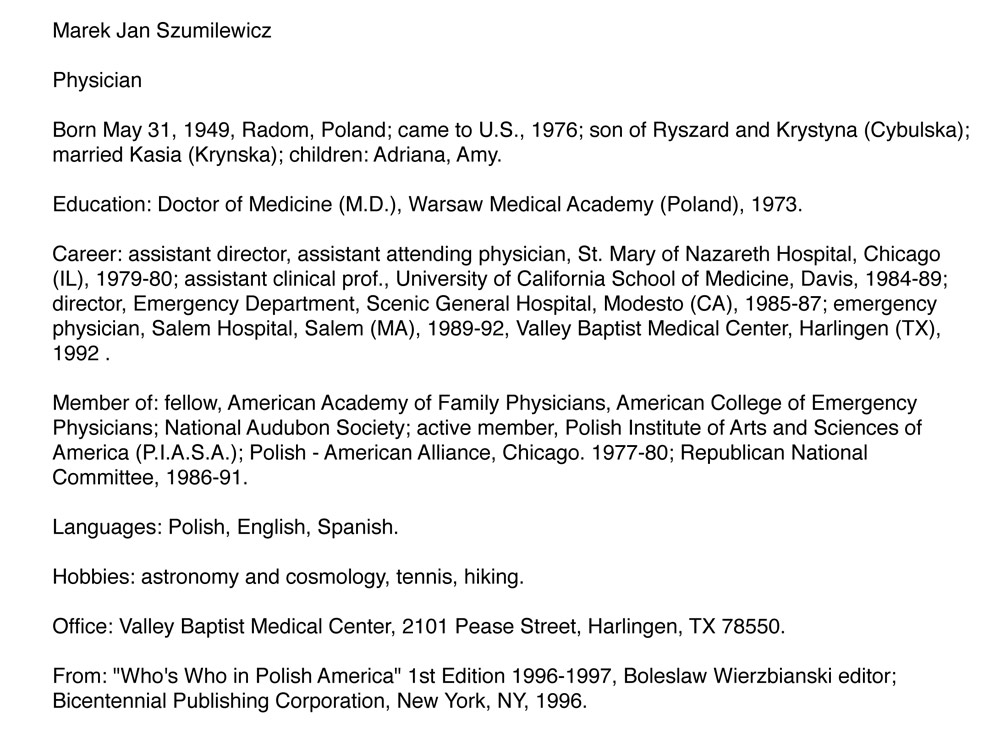
..................................................


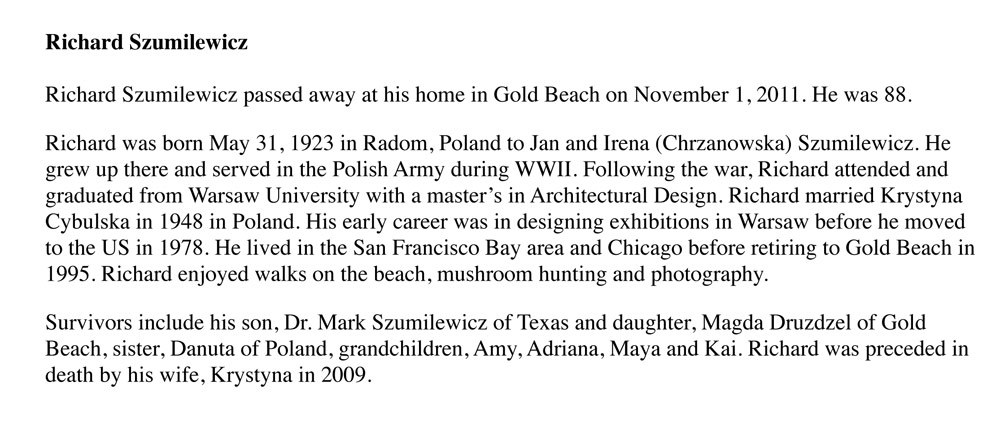

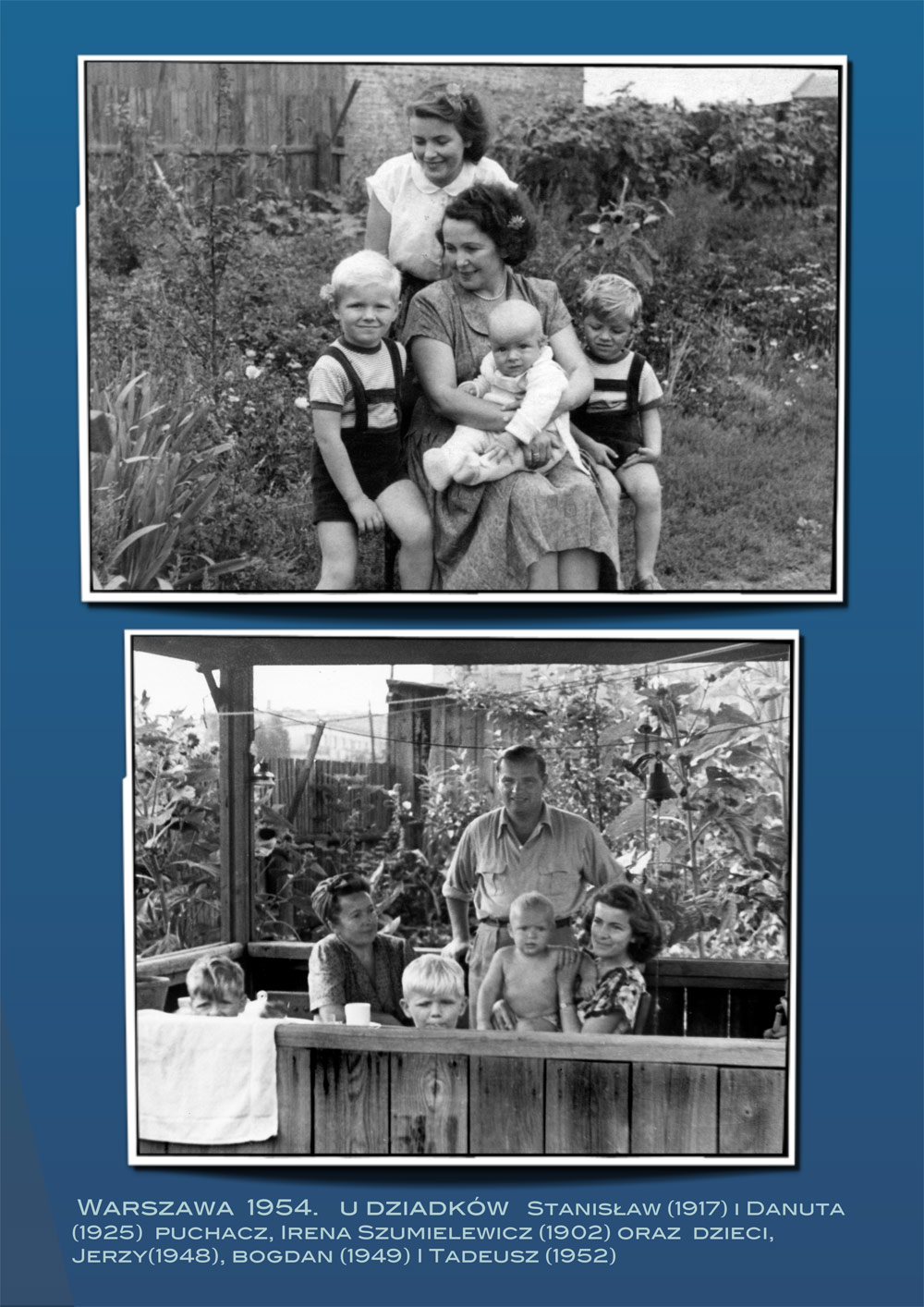
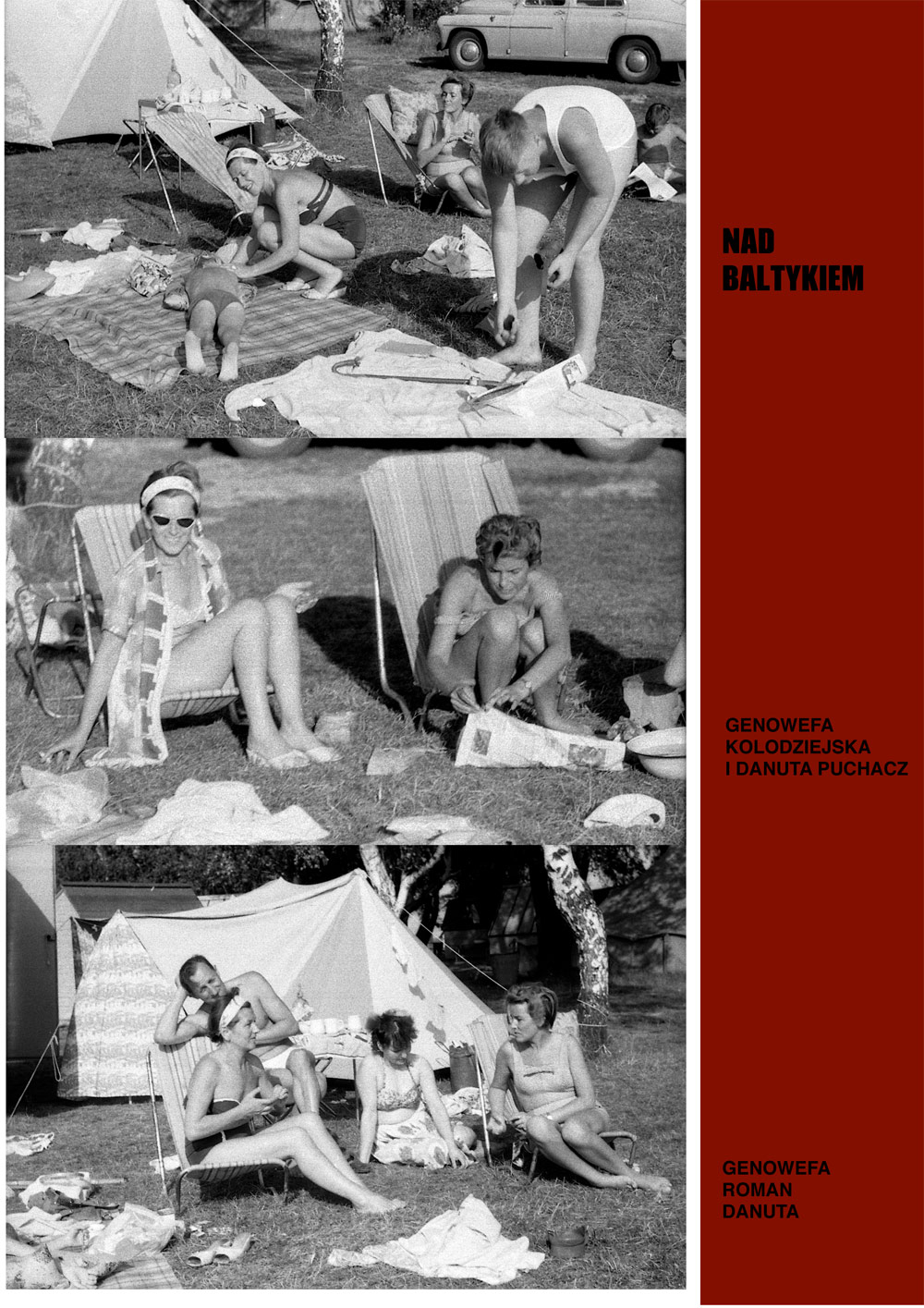
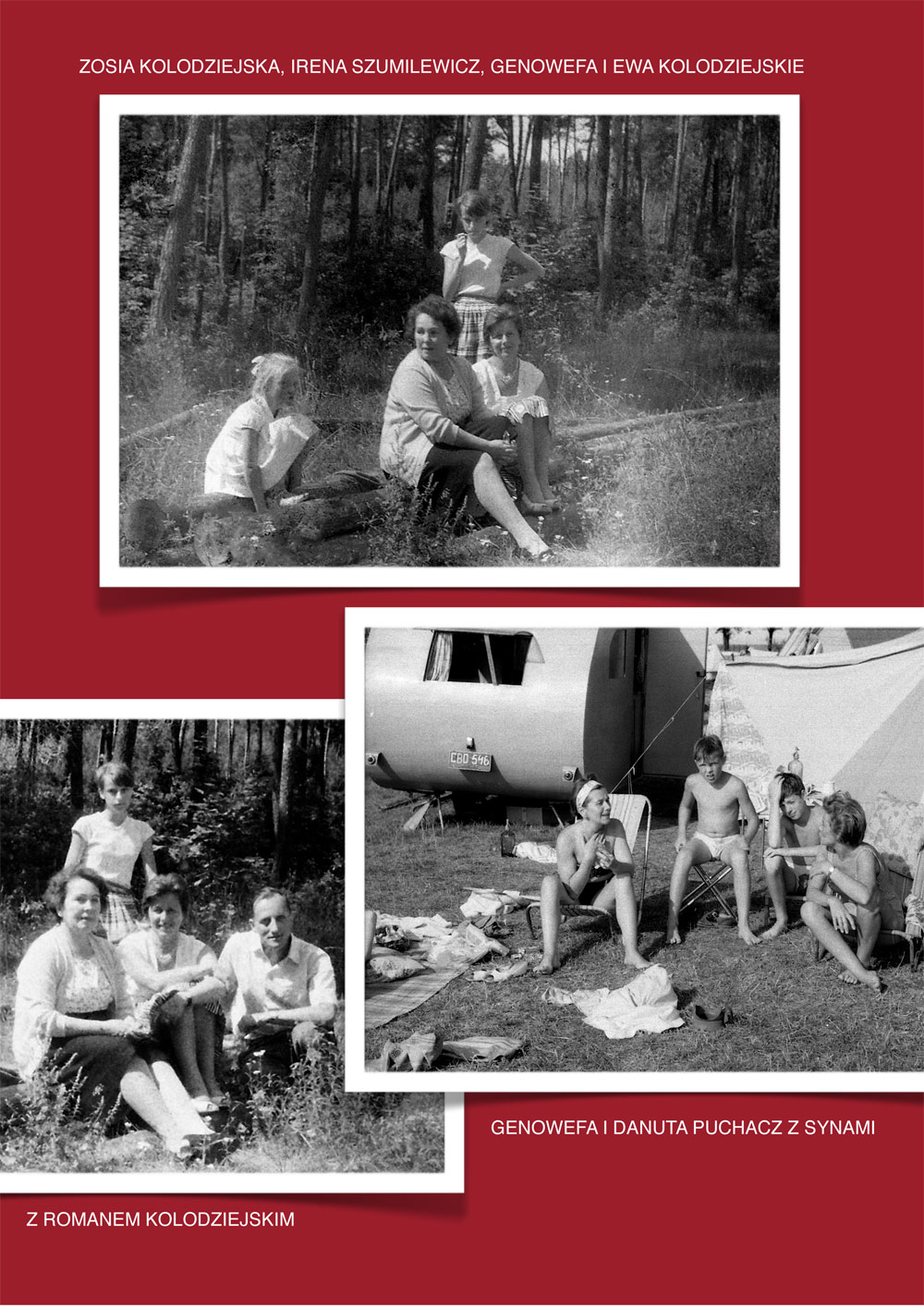
PHOTO. Roman Kolodziejski, Morze Baltyckie, Poland
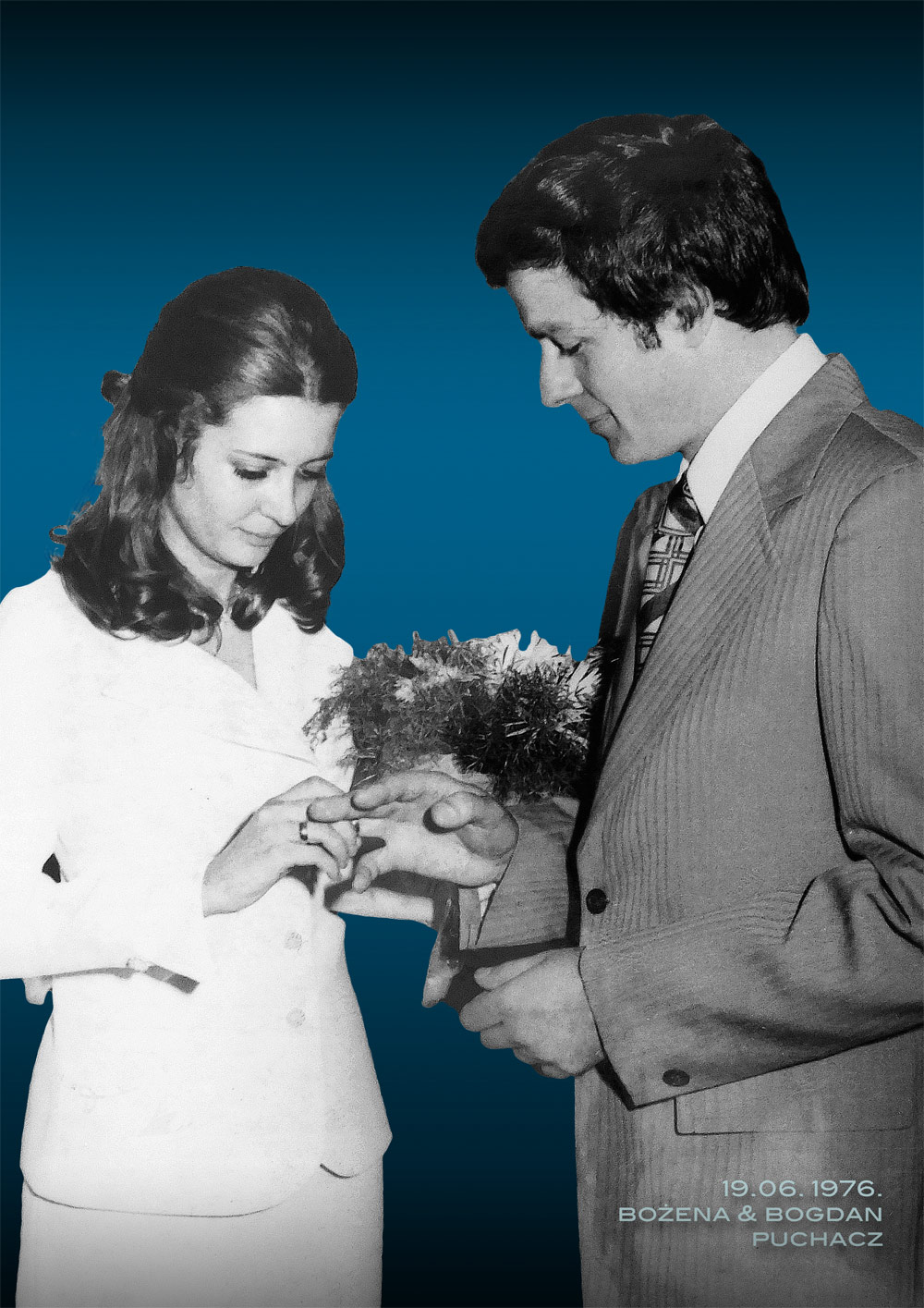
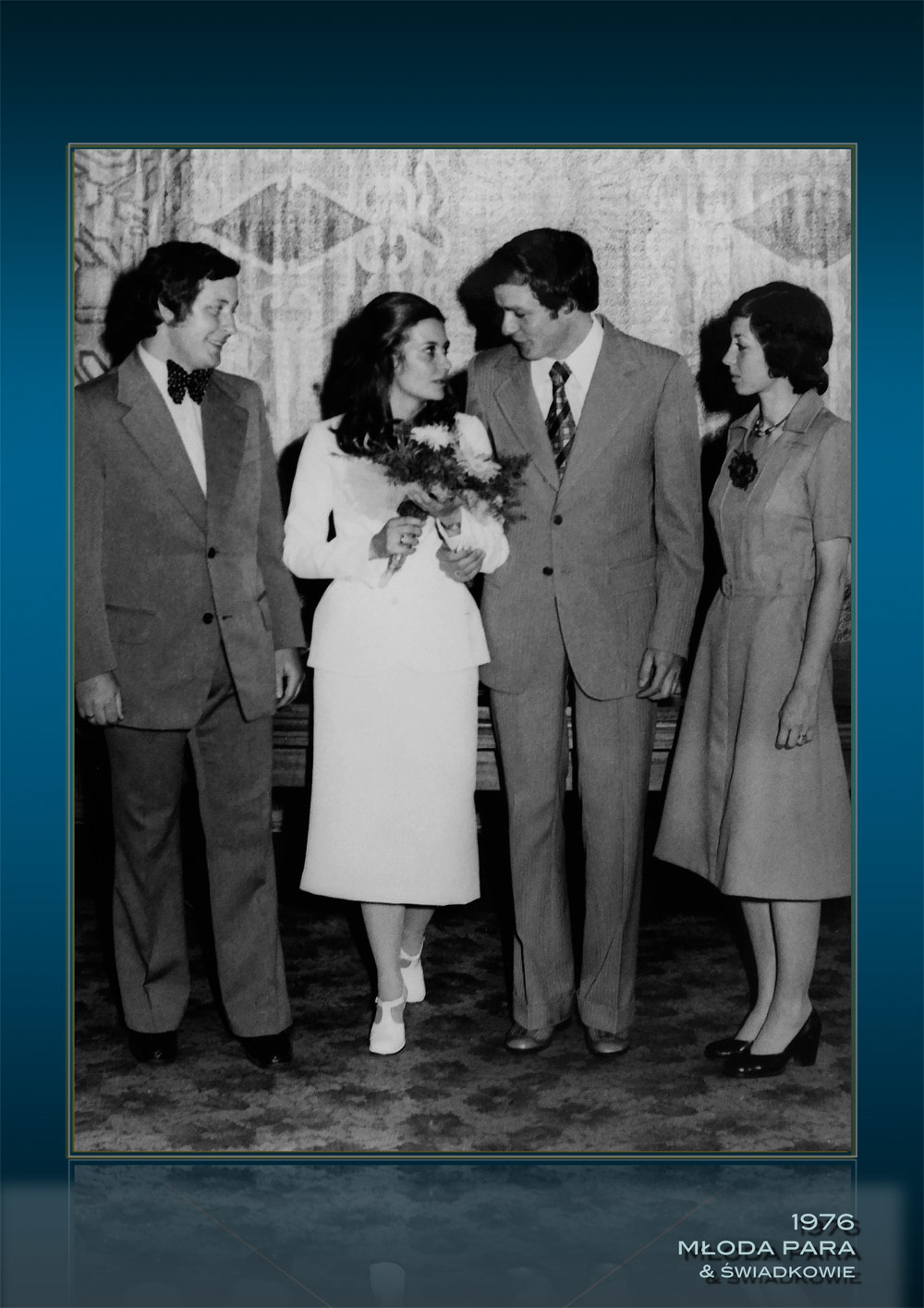
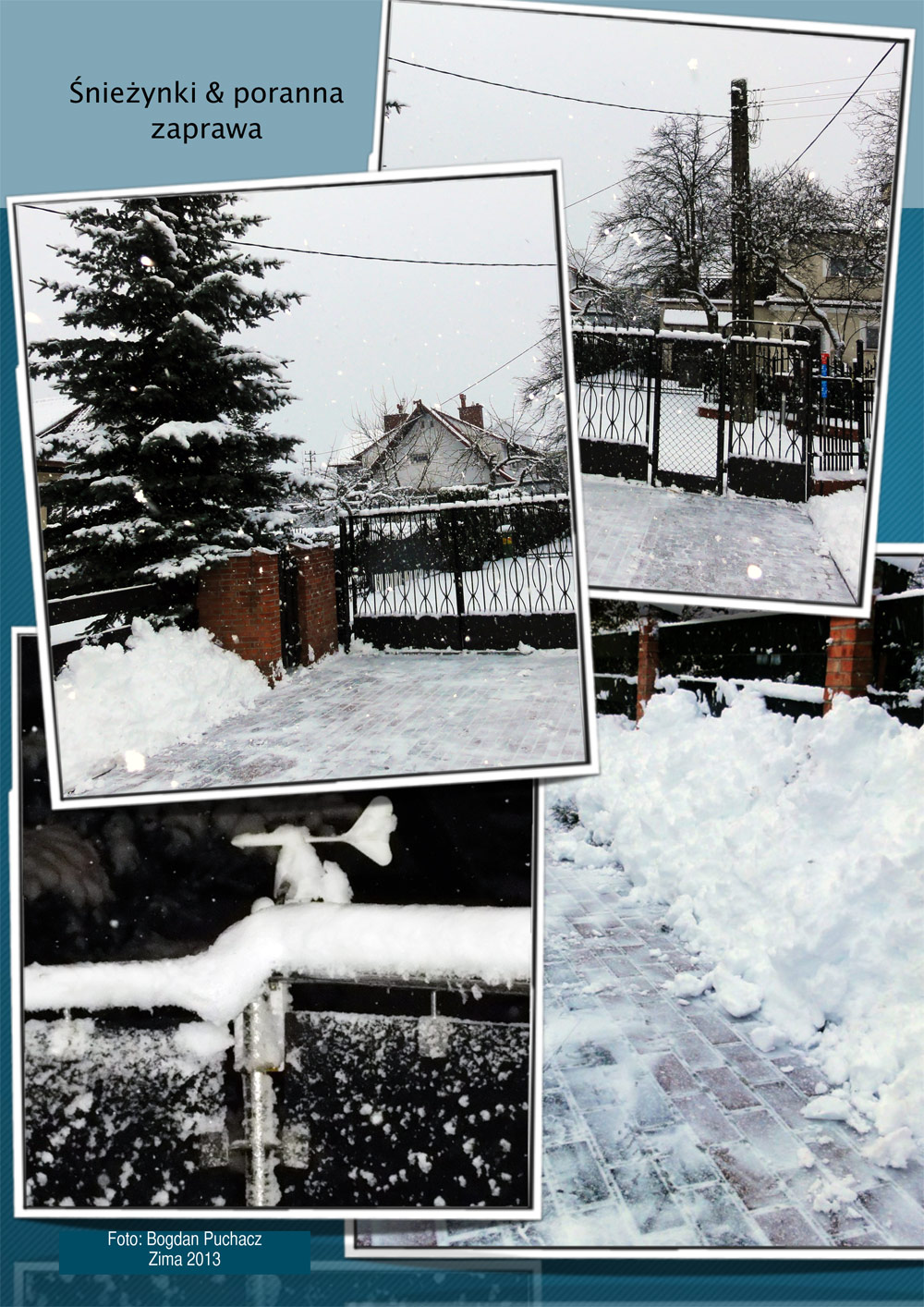
"POPATRZ, JAK SZYBKO MIJA ........czas,...... to brzmi depresyjnie, zalozmy ze nie czas, tylko snieg."
Fotografia pochodzi z kolekcjii rodzinnej, Danusi i Stanislawa Puchacz.
© 2019 Bogdan Puchacz, All Rights Reserved.
